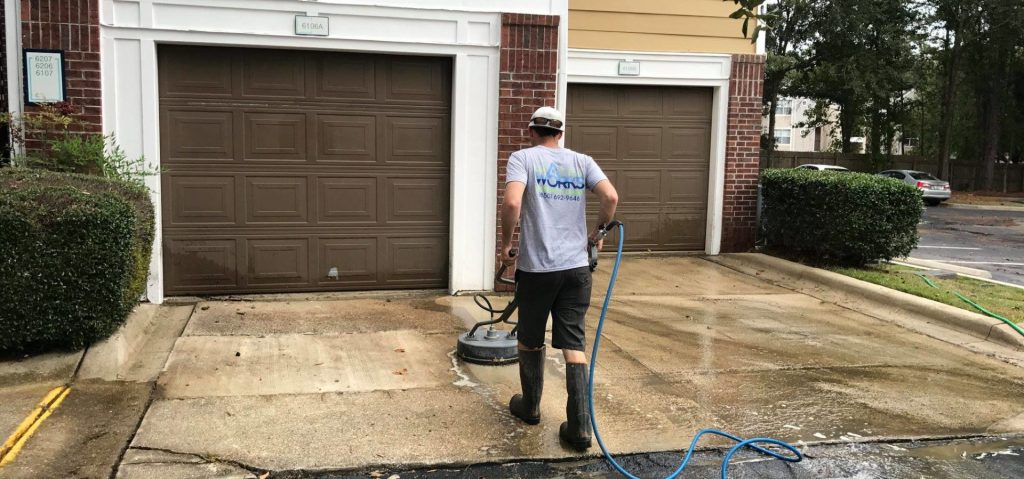Soft washing and pressure washing are two popular methods for cleaning the exteriors of homes and commercial properties, each offering unique advantages in terms of effectiveness and environmental impact. Soft washing involves the use of low-pressure water combined with specialized cleaning solutions to gently remove dirt, mold, algae, and other contaminants from surfaces. This method is particularly effective for delicate materials such as shingles, stucco, and painted surfaces, where high pressure could cause damage. The cleaning solutions used in soft washing are typically biodegradable and designed to target specific types of contaminants without harming the environment. This makes soft washing an eco-friendly option, as it minimizes the risk of runoff that can affect surrounding vegetation and water sources. On the other hand, pressure washing, or power washing, utilizes high-pressure water streams to blast away stubborn grime, dirt, and stains from surfaces. This method is highly effective for cleaning hard surfaces such as concrete driveways, brick walls, and metal fixtures. Pressure washing can remove built-up contaminants quickly and thoroughly, often requiring less time than soft washing.

However, the high-pressure water jets can potentially cause damage to softer materials or surfaces if not used carefully. To mitigate environmental concerns, many pressure washing services now incorporate eco-friendly practices, such as using water-saving techniques and biodegradable detergents. Both soft washing and pressure washing have their own set of advantages and considerations. Soft washing’s gentle approach is ideal for preserving the integrity of delicate surfaces while still providing a thorough clean. Its use of specialized cleaning solutions allows for the effective removal of biological contaminants, which can help extend the lifespan of building materials and improve the overall appearance of a property. Pressure washing, with its powerful jets, excels in removing tough stains and large quantities of grime from durable surfaces. It is a suitable choice for areas with heavy build-up where a more aggressive cleaning method is necessary.
In terms of eco-friendliness, both methods have their potential for minimizing environmental impact when implemented with proper techniques. For soft washing, the use of biodegradable cleaning agents and careful management of runoff are key factors in reducing environmental harm. For pressure washing, advancements in technology and cleaning products have led to the development of more sustainable practices view our site, including low-flow systems that conserve water and environmentally safe detergents. Ultimately, the choice between soft washing and pressure washing depends on the specific needs of the property and the surfaces being cleaned. Homeowners and property managers should consider factors such as the type of material, the level of contamination, and environmental impact when deciding which method to use. Consulting with a professional cleaning service can provide valuable insight and ensure that the chosen method is both effective and environmentally responsible. By selecting the appropriate cleaning technique, property owners can achieve a spotless, well-maintained exterior while also contributing to the preservation of the environment.
